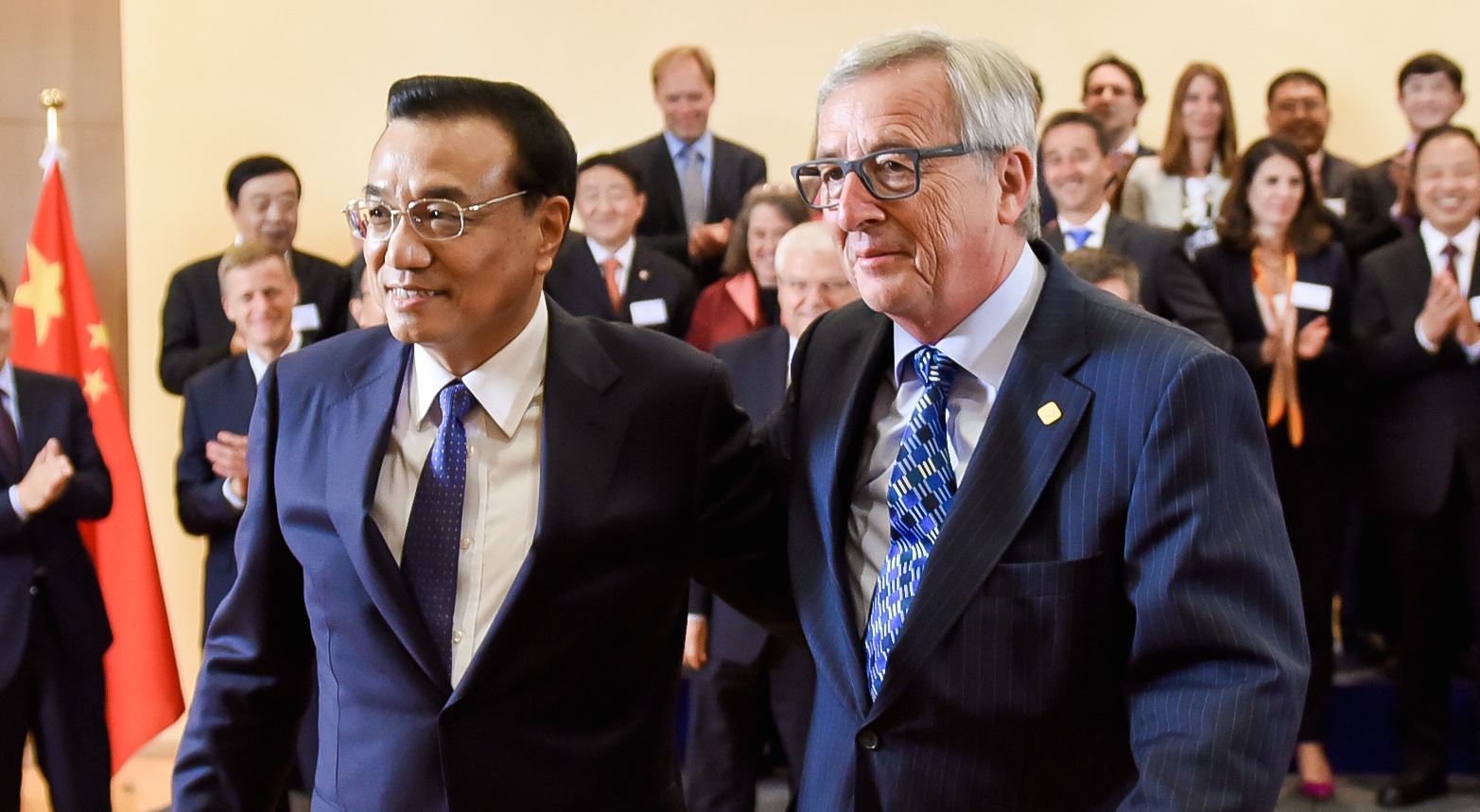
When EFSF Chief Klaus Regling visited Beijing in October 2011 to discuss China’s potential investment in European bonds, a new chapter began in Sino-European relations. The new factor driving this relationship was China’s interest to actively participate in the European debt crisis. In the summer of 2013 Regling revealed that Asian investors – including ones from China – had already bought 22% of EFSF/ESM bonds.
The interest of China to provide liquidity and invest in Europe found new resonance in recent months. The European Commission’s €315 billion Investment Plan – as it has been set up by its President Jean Claude Juncker – attracted Beijing’s interest. The Commission hopes to unlock investment over the next three years offering low-scale guarantees and loans from the EU budget and the European Investment Bank and leverage further financing from other sources. It is here where China can be a valuable partner. The country announced its decision to contribute on 28 September 2015 indeed. The announcement was made during the High Level Economic and Trade Dialogue in Beijing and after the meeting between Chinese Vice-Premier Ma Kai and Commission’s Vice-President Jyrki Katainen.
The EU and China have an excellent opportunity to further cooperate in the coming years. The momentum is positive as their economic objectives intersect. Juncker’s initiative to employ this new investment strategy encouraging investors to do business in Europe coincides with China’s ‘One Belt – One Road’ policy that aims at promoting infrastructure development and shipping connectivity in Eurasia. In its effort to revive the ancient Silk Road in the modern era China has already established significant financial instruments to participate in new infrastructure works. The most characteristic example is the Asian Infrastructure Investment Bank (AIIB) in which many European countries – including Britain, Germany, France and Italy – participate. Additional Chinese banks could be also engaged in Juncker’s European initiative. This issue was, for instance, discussed during a preparatory workshop organised in Brussels in June 2015 with the participation of Yang Yanyi, head of China’s Mission to the EU and Markku Markkula, president of the European Committee of the Regions.
In theory, Juncker’s Investment Plan and the ‘One Belt-One Road’ project will work together in a harmonious way. There are several examples outlining the logic of win-win cooperation for the EU and China. A recent one is the launch of new cargo train line services which have opened trade routes between Hamburg on the one hand and Harbin and Shandong Province on the other. Russia, South Korea, Japan and European countries such as Germany, Poland, France and Spain will benefit from the new projects. Previous cooperation schemes are equally encouraging. The operation of China Ocean Shipping Company (COSCO) in the port of Piraeus since 2009 benefits economically not only Greece and China but also other countries including the US.
As opposed to the first six months of 2015 when China had been highly concerned about the impact of a potential Grexit on Europe, after the ‘Agreekment’ of 12 July it seems more determined to invest considering the risk relatively low. However, its involvement will not be an easy task. Some European voices link Beijing’s interest to political motivations and do not want to see its geopolitical position strengthened. These voices have started to be heard since the beginning of COSCO’s investment in Piraeus and have been multiplying as China invests more in the Balkans and countries of Central and Eastern Europe.
Within this framework, Juncker’s new Investment Plan constitutes a significant challenge for parts involved. The Chinese government might be able to achieve a double goal. It can not only successfully complement its ‘One Belt – One Road’ policy in Europe but also improve its public image in the Old Continent endorsing some European standards in its business activities. From its part, Europe will be able to know more about China and its ‘One Belt – One Road’ policy benefiting by Chinese investments and respecting its own values.
In the next years, the EU and China will explore whether they can proceed together in day-to-day business. This is all about the possibility of a symbiosis of countries having common objectives but different characteristics. Lessons of efficient cooperation can only be extracted from real life and on the basis of practical experiences.
- This article first appeared on ELIAMEP



